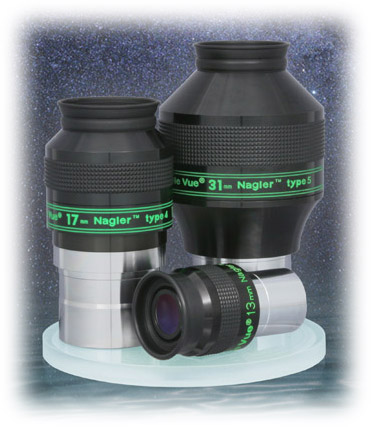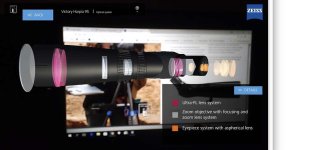tenex
reality-based
The Zeiss SF and Swarovski NL have lately set new standards for a wide and sharp field of view in practical binoculars -- meaning excluding the Nikon WX, which has exactly the unwieldy soup-can eyepieces that previous discussions of this subject had featured as discouragement. Both products with their more modest designs have been very successful.
Is there a relevant technical advance, and why didn't it happen years ago? (this is what I'm most curious about...)
...or were demand and cost the only issues, and someone just had to make the investment and find out whether enough customers would pay the price? (and yet it seems that both were suddenly in development at about the same time?)
Is there a relevant technical advance, and why didn't it happen years ago? (this is what I'm most curious about...)
...or were demand and cost the only issues, and someone just had to make the investment and find out whether enough customers would pay the price? (and yet it seems that both were suddenly in development at about the same time?)











